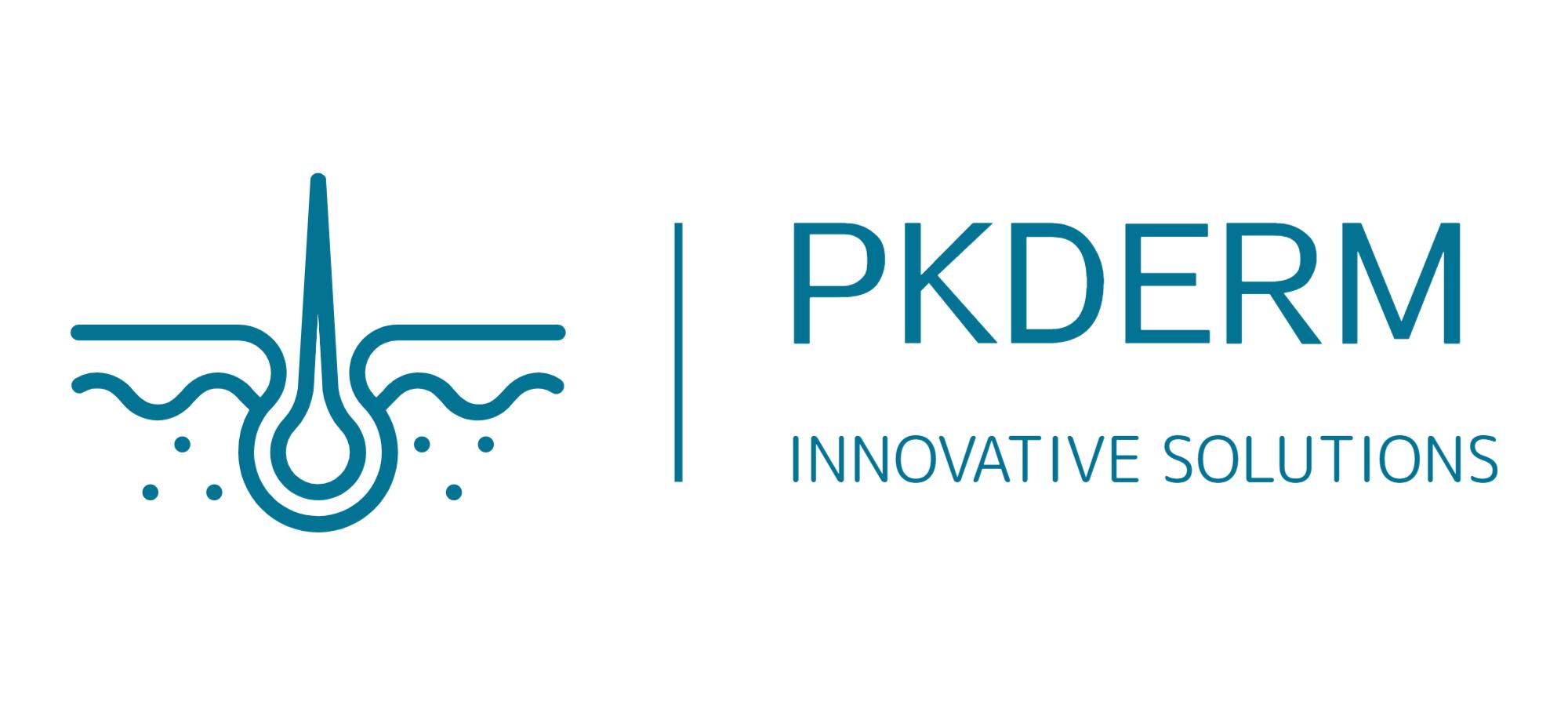OpenTox Virtual Conference 2021 Session 7
The TOXsIgN database: A one-stop web resource for sharing and comparing toxicogenomic signatures
- Univ Rennes, Inserm, EHESP, Irset (Institut de recherche en santé, environnement et travail) - UMR_S 1085, F-35000 Rennes, France.
- SciLicium, 18 avenue du bois Labbé, 35000 Rennes, France.
- IGEPP, INRAE, Institut Agro, Univ Rennes, 35653, Le Rheu, France
Speaker: Indusha Kugathas
Current objectives in toxicology are to deepen our knowledge of toxic substances while limiting the use of animal experiments according to the 3R principle. Recently, novel strategies combining the integration of massive omics datasets with artificial intelligence (AI) algorithms have stood out as alternative and complementary methods to traditional toxicology studies. Such strategies usually start with the identification of toxicogenomic signatures, i.e., in the case of transcriptomics, the description of over- and under-expressed genes after exposure to single or combined chemical, physical or biological factors. Once identified, a given signature can be associated with toxicological effects based on the hypothesis that two toxicants with close toxicogenomic signatures share close toxicological effects (Steiner et al. 2004). The integration of as many toxicogenomic signatures as possible often gathered with different technologies and in several species, is instrumental in the building of accurate models with an efficient prediction of toxicological effects. To overcome the lack of multi-technology and cross-species repository for toxicogenomic signatures, we have developed TOXsIgN (Darde et al. 2018; https://toxsign.genouest.org/), a web resource for submission, storage, and retrieval of toxicogenomic signatures. In addition, TOXsIgN allows users to compare their own signatures to those previously submitted in the system in a cross-species and cross-technology manner. Since its publication, TOXsIgN is constantly evolving to improve the user experience. The data architecture has been revised as well as the graphical interface to allow better access to the data. Recently, new signatures have been added, bringing the number to 14,493 signatures from 4 different species. The system also aims to host AI-based predictive toxicology algorithms, such as our in-house Chemical Prioritization System (ChemPSy).


